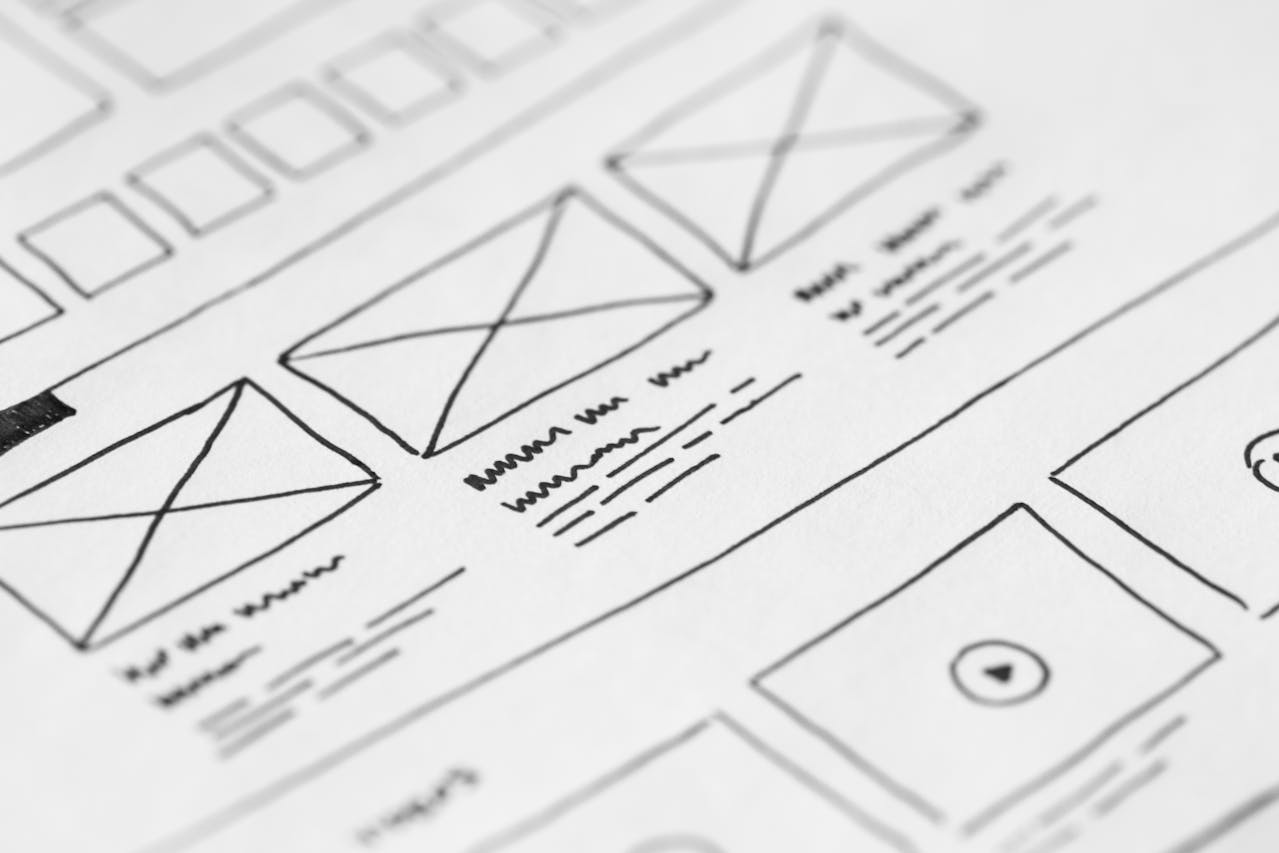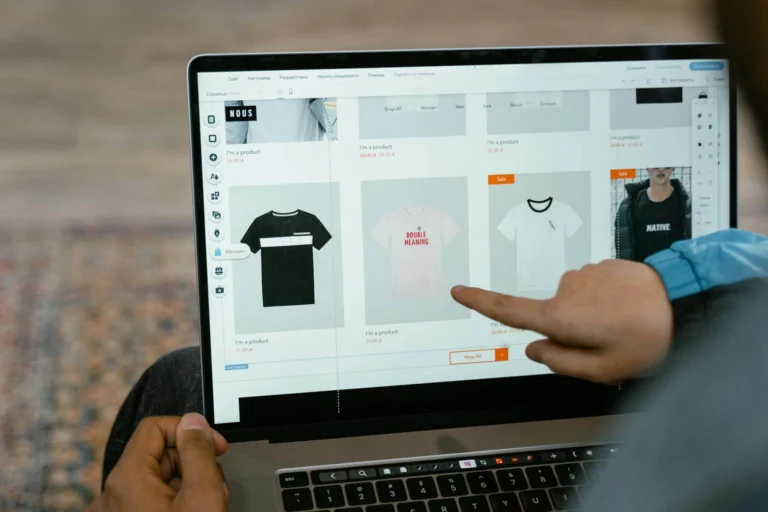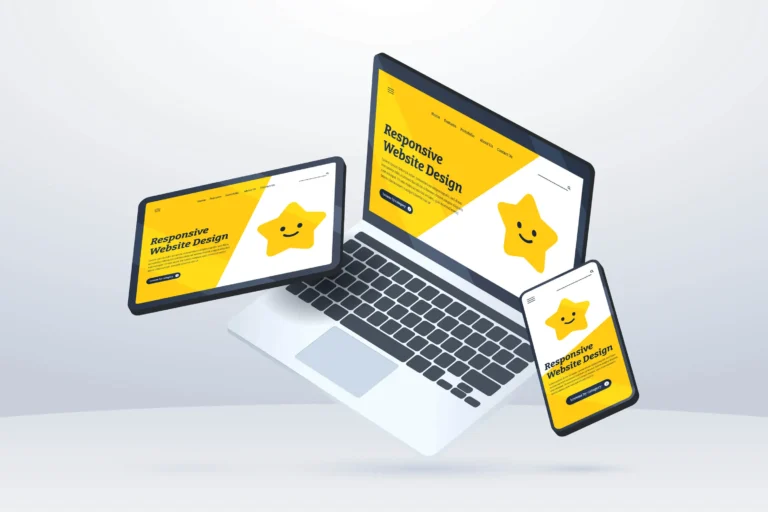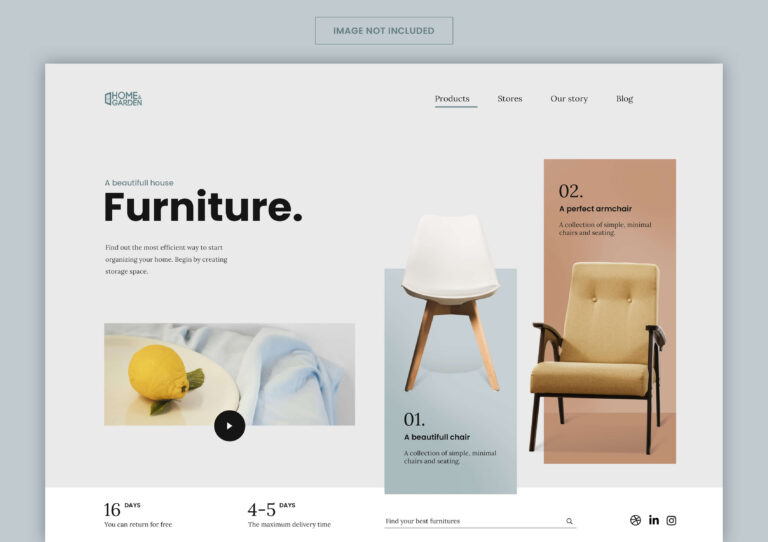introduction
In today’s digital age, websites and applications have become an integral part of our daily lives. Whether they are for e-commerce, social networking, or providing services, their success largely depends on how users interact with them. This is where User Experience (UX) and User Interface (UI) design comes into play in developing these platforms.
User Experience (UX) Concept
User experience refers to how a user interacts with a website or application, and how they feel during that interaction. User experience design aims to improve user satisfaction by making interaction with a product easy, enjoyable, and effective. This includes aspects such as ease of use, access to information, and meeting user needs.
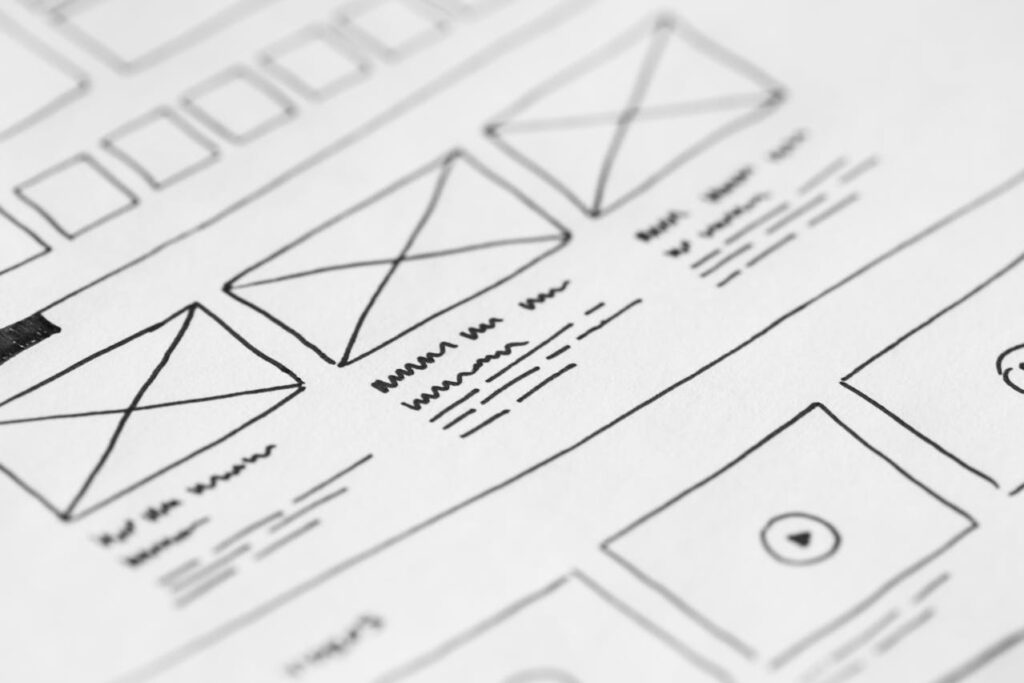
User Experience (UX) Concept
The user interface is the visible, physical part of a website or application that a user interacts with. User interface design includes all visual elements such as buttons, icons, images, fonts, and colors. The goal of user interface design is to create an attractive and beautiful interface that makes it easy for the user to interact with the system.
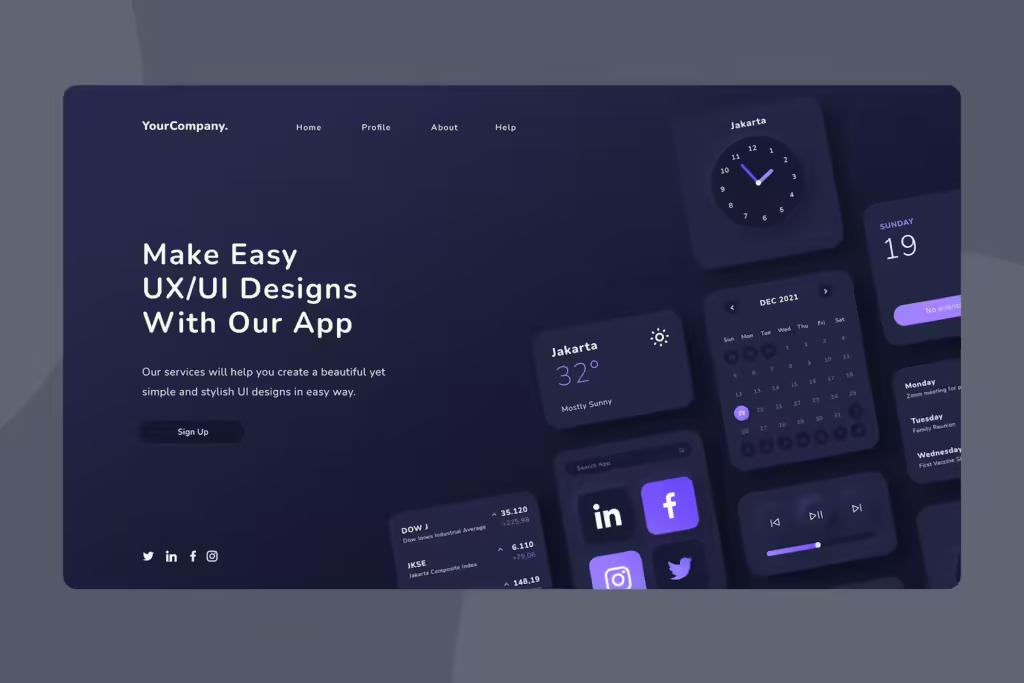
The importance of UX/UI in website and application development
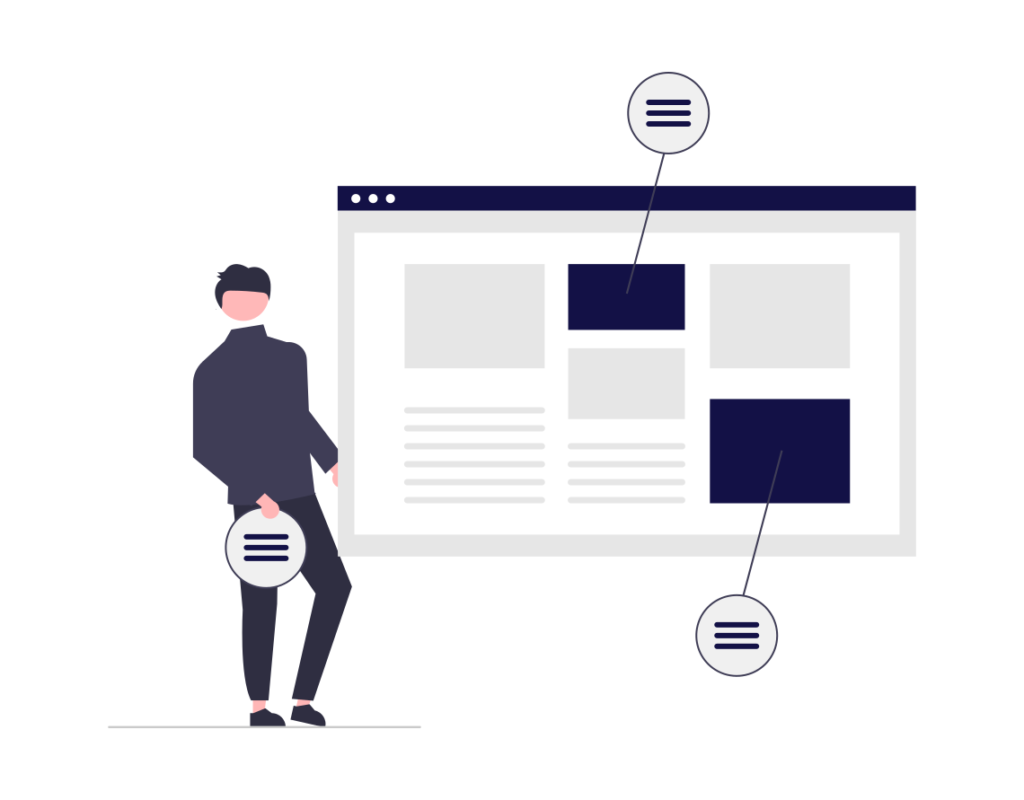
1. Improve user satisfaction
Good UX/UI design ensures a smooth user experience, which increases user satisfaction. Users who are satisfied with their experience with a website or app are more likely to come back and use it regularly.
2. Increase conversion rates
Carefully designed websites and apps make it easy for users to complete actions such as registering, making a purchase, or searching for information. This helps increase conversion rates and achieve business goals.
3. Boost user loyalty
When users find a website or app easy to use and provides a pleasant experience, they tend to stay loyal and use it regularly. This builds customer loyalty and helps build a permanent customer base.
4. Reduce bounce rate
Good UX/UI design helps reduce bounce rate, as users are less likely to leave a site or app quickly if they find it easy to use and provides them with what they are looking for quickly.
UX/UI Design Stages
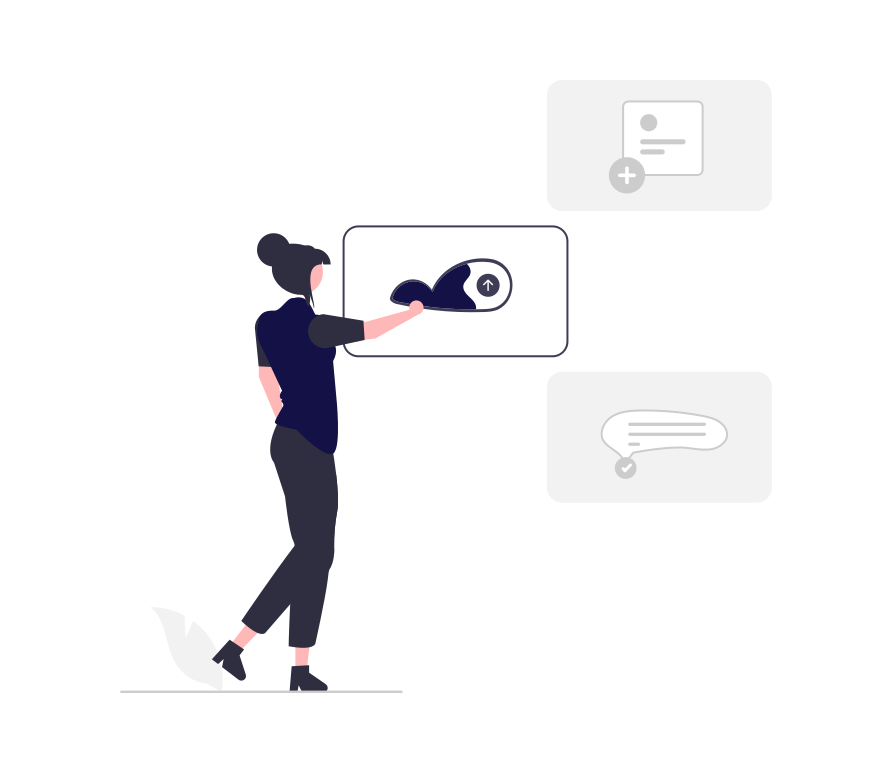
1. Research and Analysis
It involves understanding the needs of users and the target market, analyzing competitors, and collecting data through surveys and interviews. This stage helps build a strong foundation for user experience design.
2. Planning
This stage involves creating mind maps, setting up wireframes, and defining the journey that the user will follow within the site or application.
3. Design
At this stage, ideas are transformed into visual designs. The focus is on user interface (UI) design through the selection of colors, fonts, icons, and other visual elements.
4. Testing and optimization
This phase involves testing the design with a group of actual users to gather feedback and improve based on that feedback. Repeating this process ensures that the design is continually improved.
5. Implementation
At this stage, designs are transformed into usable websites and applications through programming and development. Designers collaborate with developers to ensure that the design is implemented accurately.
Conclusion
User Experience/User Interface (UX/UI) design is a vital part of website and app development. By focusing on user needs and delivering a seamless and engaging experience, greater success and increased user satisfaction can be achieved. In an increasingly competitive digital world, investing in good UX/UI design is key to achieving excellence and sustainable success.

